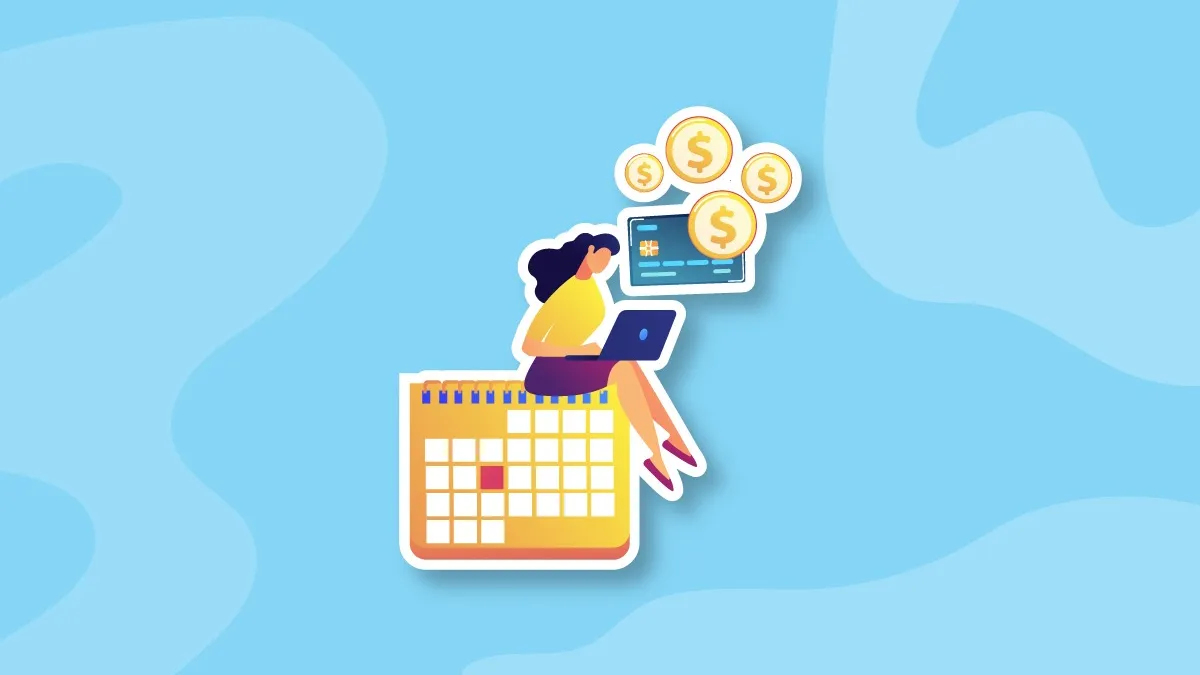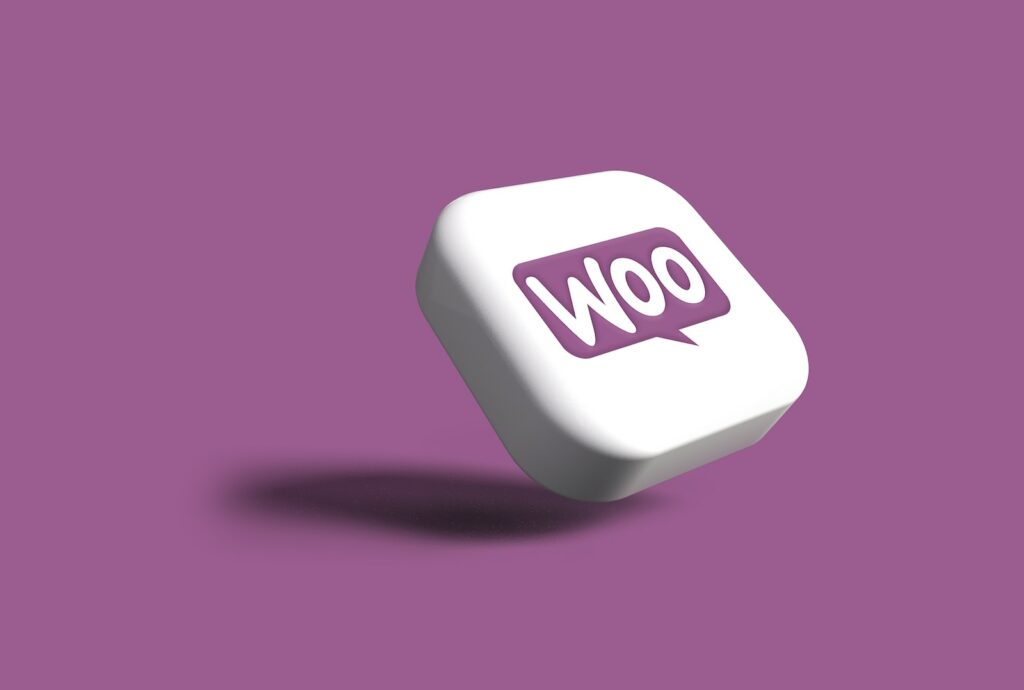How to Start an Online Business: 7 Practical Guides – It’s never easy to start something, even when you have all the resources needed to do so.
Start an online business is something you should not do unprepared, especially with big amount of money you put on the line from the very start.
Indeed, there are a lot to consider and prepare to start an online business. But don’t do too many things to consider or else you will never start.
As a beginning, here are 7 practical guides you can do to start an online business, right now!
7 Practical Guides to Start an Online Business
1. Determine Your Business Niche
The first thing to consider is by determining your niche. What would you want to sell? How about the competition in the market? And how about the resources?
Picking a business niche is something that’s very difficult for most people. From researching the market competition, calculating cost and benefits, etc. It’d take time, but once you find it, you can start focusing on it specifically.
Here are some steps on finding the perfect business niche:
1. Think of something that can solve people’s problem
A good product is one that can solve people’s problems. Telegram and Signal exist and become more popular than ever because they can solve people’s problems about privacy regarding the use of WhatsApp’s new Terms and Privacy Policy.
DuckDuckGo has its own loyal users because of the similar thing as above which they cannot get from Google.
You can browse Reddit, Quora, or customer feedbacks sections on the online marketplace to find ideas with which you can brainstorm more.
There, you can find what people (with issues) are talking about and trying to find a solution. If it’s something that you find doable to do, you can start with that and create it as a product.
The same way I did when I created OneClick Chat to Order. Many WooCommerce users out there need t speed up their purchase process. So I came up with a solution to create a plugin that people can use to integrate WhatsApp (since it has very big number of users) with their WooCommerce-based online stores.
2. Research more
Spend a dedicated time to do an in-depth research if needed about a niche. Find out what’s the future challenge, the competition, market demands, etc.
Use some tools like Ahrefs to find how many volumes of search does a keyword have on a topic related to your niche. Or you can explore some big marketplaces like Amazon, eBay, AliExpress, etc to find what products are best sellers, etc.
3. List down things that you are passionate about
This should be on the first list, but I put it here because when you find something out there during your research, and if you research it more, you can become more interested in it.
Try to list down everything that you are passionate about, and redo the two previous steps to narrow them down. That way, you will have a clearer view of what is possible to be created as a product.
4. Does it have branding potential?
If you found a potential niche already, now imagine if you turn it into a product, does it have a branding potential if you really launch an online business?
Create a mindmap that consists of how your product would be in the market, how would you interact with your future audience, and of course how will you market that product.
You can also use the tool here on this site named Startup Ideas Generator to generate some business ideas you can curate and start with.
2. Evaluate Your Potential Market and Audience
Now you have a niche. The next step is, measure how big the potential would be in the market. Make sure it is both; profitable and scalable.
To whom you will sell that product? How big is the competition? How about the production cost vs profit and the margin between?
You also need to consider your product position in the market. Some promotional gimmicks such as fast and free shipping, giveaway contest, coupon, rewards, etc will help you gain audience since the early stage.
So prepare your budget for marketing purposes, but careful, because you also need to calculate the ROI just in case.
3. Build an Online Store
In order to start an online business, you should build your own online store. Indeed, there are alternatives such as Amazon, AliExpress, Etsy etc where you can register and display your products to sell.
Also read: Etsy Shop Ideas
But in order to build your own branding, you need your own website to host everything about your business from product information, stories about your business, customer feedbacks, and also to directly sell your products.
There are some methods to build your own online store. Subscription-based platforms such as Shopify and BigCommerce are two good examples.
You can also host your own store which you can have full control using Magento or even better, WooCommerce.
Since WooCommerce is a plugin for WordPress, you need to install WordPress first on your web server.
Some web hosting providers such as Hostinger, Bluehost, Hostgator and Hosting24 have a one-click install feature for WordPress. So you can get running in no time to continue building your online store.
To fully understand on how to install and start using WooCommerce right away, you can watch the following tutorial:
4. Complete the Setup of Your Online Store
You have a product idea, built an online store, and now what? It’s time to complete the setup.
In the long run, you will need to following things to consider and to complete, so try not to overlook the following things upon building your online business:
- Payment methods (Skrill, Paypal, Square, etc)
- Taxes
- Shipping methods and schemes
- Legalities such as Privacy Policy, Terms of Conditions, Trademarks, Patents, Copyrights, etc
- Inventory and SKU
- Insurance
- SSL Certificate
- PCI Compliance
- Online Accounting
- Website Tracking/Analytics
- Coupon/Discount Scheme
- Email Newsletter and Subscription Form
- Cookie Notice
- Contact Form
- Blog
- Shipping Terms
- etc
Once you have completed the above things, you are good to go. But just in case, please fulfill all other important things that are not mentioned above.
5.Start Building Your Branding
Before launching an online business, make sure to have a clear branding goal in order for you to have a clearer strategy in promoting the business.
The first step is to define your branding identity. Your branding is what you want people to look and feel about your business, so it’s important to build a brand in order to build a loyal audience.
Here are some key factors to define your branding identity:
- Business name, make sure it’s unique and brandable
- Logo, make sure it’s eye-catchy and memorable
- Color scheme that can represent your brand and its message to the audience
- Typography, there are lots of fonts out there you can use
- Brand voice and tagline
- UI/UX of your online store, landing page, and app if any
- Other visual assets such as graphics, videos, and photography, make sure you have your own style
- And many more you can consider
If you’re bootstrapping, you can learn and do all of the above by yourself. There are a lot of resources out there where you can make graphics for free easily such as Canva, for example.
Or if you need stock photos, you can always go to ShutterStock, Pexels, or Unsplash. If you need more digital assets such as WordPress themes and plugins, illustrations, fonts, icons, graphics, social media templates and many more, you can always subscribe to Envato Elements where you can find millions of digital assets at an affordable price.
You can also learn many things you’re passionate about on online course sites such as Udemy with an affordable price.
Or, if you have very limited time to do other things that more important, you can always outsource some professional on Fiverr, starting from $5, you can get jobs done in no time, professionally.
6. Define Marketing Strategies
So, how will you do marketing? Dedicate a time to define your marketing strategies. There are some stages you can start to build your own acquisition channel to define you strategies better.
Here are the steps:
- Awareness: This stage indicates the first impression and/or interaction between potential customers and your brand/product. This could be through ads running on Facebook, Google Adwords, Instagram, etc.
- Leads Generation: It’s time to build leads of potential customers by providing specific information about your business and why it could be a better solution for their problem in the market and then ask their details in order to get more information about that solution.
- Leads Nurture: Once you have gathered a fancy amount of leads, it’s time to nurture them by providing some specific solutions for each problem.
- Consideration: When you regularly send useful info about your business and how it can solve their problems, they will start considering whether your product is the best solution or not.
- Acquisition/Sales: When they think that your product is the perfect fit, it will take no time for them to immediately purchase your product.
Some activities you can do online to build the above acquisition funnel are:
- Start blogging to boost your site’s SEO.
- Start a Youtube channel.
- Start an Instagram and Facebook account. And then on Instagram, since you have a slot to put a clickable link on your profile, you can use a service such as Linktree or LinkinBio. Or if you use WordPress, you can build your own micro-landing page using my plugin called WP MyLinks.
That way, you can host all important links within one single link on your Instagram profile. - Start posting videos on each social media account.
- Email marketing.
- And many more.
7. Evaluate, Evolve, and More
Now, watch every metric on your site. How many site visitors you have daily, weekly, and monthly. Of all that total visits, measure how many of them converted or even visit a specific page related to sales?
Also read: WooCommerce vs Shopify
If you do paid advertising, calculate how much budget vs ROI for each paid campaign. For example, if you run ads with a total budget of $50,000 and there are 50 new customers from that campaign, then the acquisition cost is $1,000 per customer which is relatively expensive, depending on what products you sell.
Analyze every metric as often as possible in the early stage, then evolve.
Find out which channel brings the most visitor or even purchase, then start focusing on that channel with more advanced content or engaging info.
How to Start an Online Business: Is It Doable?
Now you have 7 practical guides to start an online business. Is it doable for you? Take your time with the research, picking the best niche and product ideas, and then building that online store.
You can always outsource some professionals to do tasks you cannot do yourself or you have no time with.





